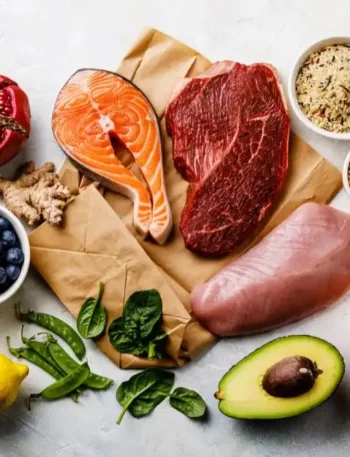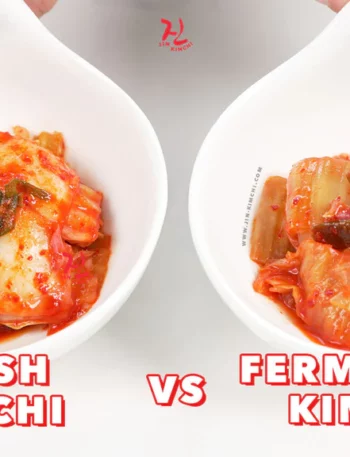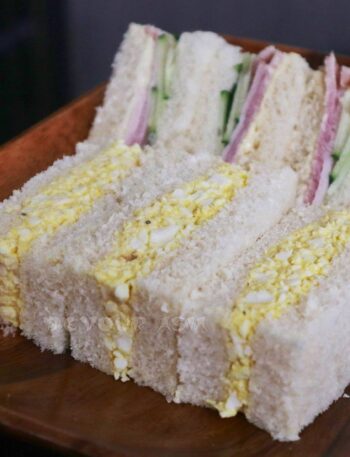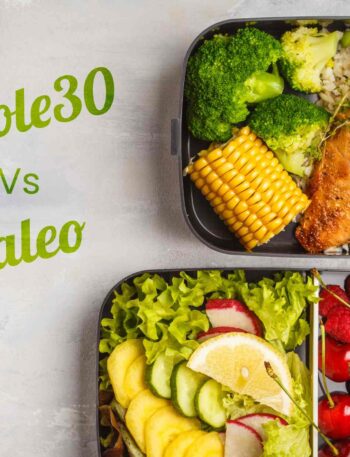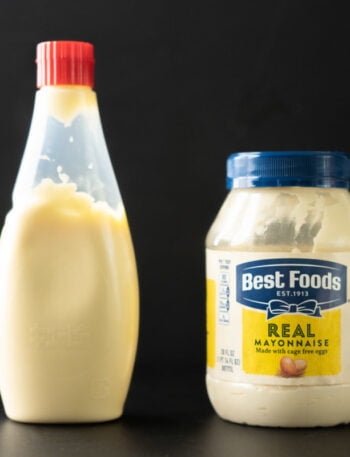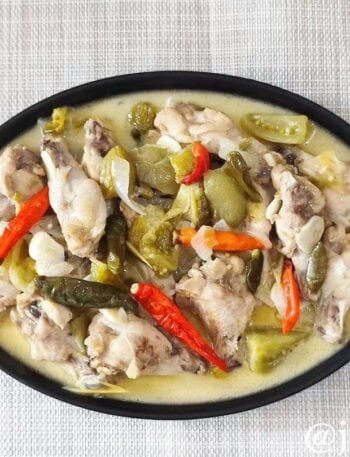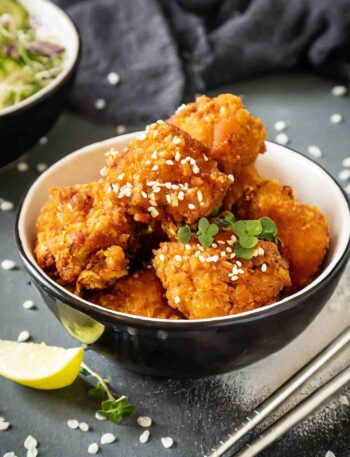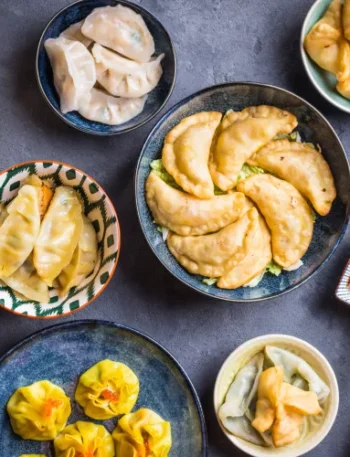
Rice. It’s a staple, a comfort food, and for many of us, the heart of a meal. But did you know that not all rice is created equal? Sure, it all starts as grains, but what happens after that can make a huge difference in your health and energy levels.
The rice on your plate could be working for you — or against you — and most people have no idea. Let’s dig in, shall we?
The White and Brown Rice Showdown
First up, the classic debate: white rice vs brown rice. It’s like comparing a pop song to a soulful ballad. White rice is polished, processed, and easy to digest, but it’s missing a big chunk of its original nutrients.
The outer layers — the bran and germ — are stripped away during milling, leaving you with a grain that’s pretty, but a little empty inside.
Brown rice, on the other hand, keeps its layers intact, meaning it’s packed with fiber, vitamins, and minerals. This makes it the go-to for those looking to manage weight, stabilize blood sugar, or get that “I just ate something good for me” glow. But — and here’s the twist — it’s not the hero for everyone.
The Catch with Brown Rice
Before you crown brown rice the king, let’s talk phytic acid. Brown rice contains more of this compound, which can mess with your body’s ability to absorb iron, zinc, and calcium.
If you’re someone who already struggles with nutrient absorption or has certain gut issues, eating brown rice every day might be like inviting a party crasher to your health goals.
So, what’s the alternative? Enter parboiled rice.
Parboiled Rice
Parboiled rice is like the middle child who finally got their moment to shine. It’s steamed before milling, which locks in more nutrients than white rice while keeping the texture less chewy than brown.
It’s also lower on the glycemic index, meaning it won’t spike your blood sugar like white rice sometimes does. Think of it as the happy medium — nutrient-rich but easy on digestion.
What About Black and Red Rice?
Feeling fancy? Black and red rice are like the indie films of the rice world — less mainstream but oh-so-worth exploring. Black rice, sometimes called forbidden rice (ooh, mysterious), is packed with antioxidants, particularly anthocyanins, the same compounds that make blueberries a superfood.
Meanwhile, red rice boasts a nutty flavor and more iron than its paler cousins.
These colorful varieties can make your plate Instagram-worthy while giving your body a nutrient boost. However, they often come with longer cooking times and a stronger flavor profile. Not everyone’s cup of tea, but worth a try if you’re adventurous.
How to Choose the Right Rice for You
There’s no one-size-fits-all answer here. It’s about finding what works for your lifestyle, taste buds, and health needs. If you’re all about speed and simplicity, white rice might still be your go-to — just pair it with fiber-rich veggies or lean protein to balance things out.
For those looking to up their nutrition game, mix it up! Use brown rice on some days, parboiled rice on others, and toss in black or red rice when you’re feeling bold.
Rice isn’t just rice — it’s a canvas for your health.
Choosing the right type could mean the difference between fueling your body or simply filling it up. So, the next time you’re standing in the rice aisle, don’t just grab the usual. Take a moment, think about what your body needs, and maybe give a different variety a shot.
As the old saying goes, “Don’t put all your eggs in one basket.” Maybe it’s time to stop putting all your trust in one kind of rice, too. Now, go ahead and give your plate the glow-up it deserves. You’ve got this!


